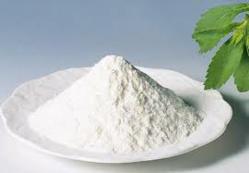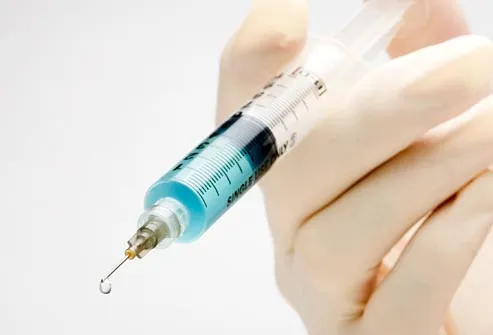Lidocaine, one of the essential drugs listed among World Health Organization’s List of Essential Medicines is a very important component in a basic healthcare system. It is generally a common local anaesthetic and class 1b antiarrhythmic drug. This drug has its own implications and uses in various medicinal fields. Let us have a look at some of the various medicinal applications of Lidocaine:
- Generally Lidocaine is used to deaden pain, making the area insensitive or numb. It belongs to the medicinal class known as local anaesthetics.
- This drug is generally used to get relief from pain from minor ailments. It could be applied externally to the painful areas. It can also be injected as local anaesthetic during smaller operations and procedures.
- The typical uses of Lidocaine includes- reducing teething pain in babies as well as to lessen down toothache. Pain relief associated with mouth ulcers, and for reducing denture irritation. Lidocaine can also relieve the symptoms caused by a sore throat, and also reducing the pain of cold sores. Lidocaine can also be used for freezing the area having bites and stings making the area insensitive. For relieving pain as well as itching related with haemorrhoids. It can also be used as local anaesthetic for minor surgeries as well as different medical procedures.
Lidocaine should be applied to the painful areas as prescribed by your doctor or pharmacist. You would need a visit to the hospital in order to get Lidocaine injections in order to reduce the pain from a specific area. This is required as each individual may require a different dosage prescribed by the physician. The dosage is usually directed based on the age, gender, response to therapy, medical condition as well as usage of certain interacting medicines.
These are typical usages of Lidocaine, a drug that is usually just taken as a pain killer.


No comments:
Post a Comment